Spider webs can be works of art, the web of Badumna hardly falls into that category although the front door is neatly made. This web is one of several on an ironbark.
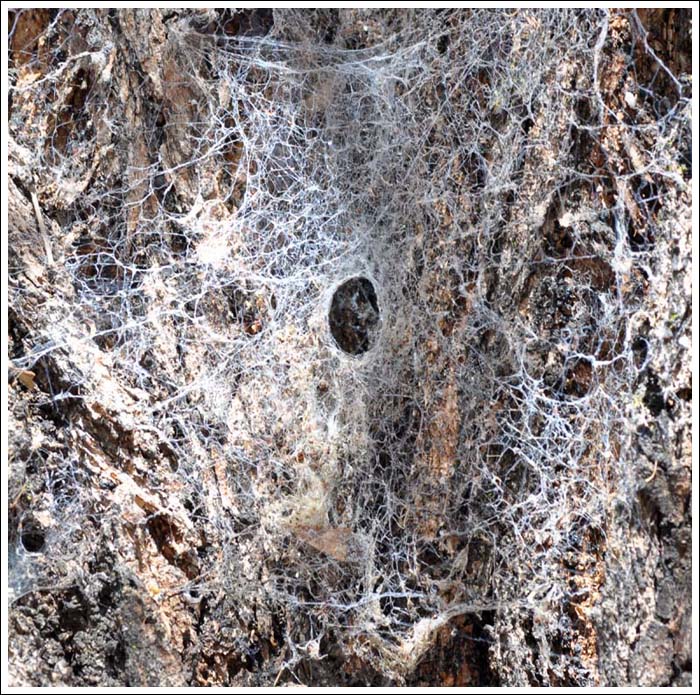
Drynaplaneta communis is known as the Common Shining Cockroach, this one though is the first garden sighting, coming to light when a sheet of bark peeled off the Angophora costata.
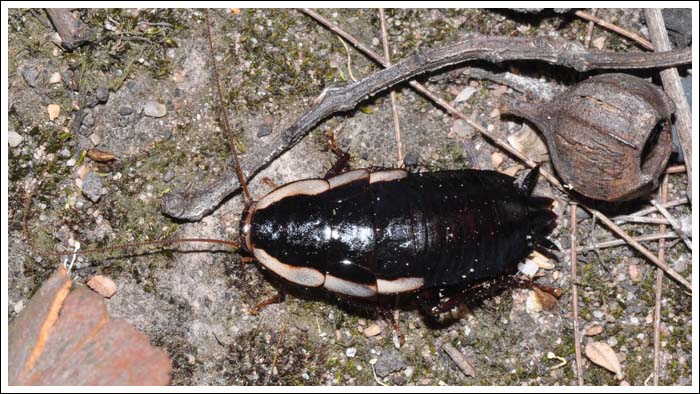
A Blue Skimmer, Orthetrum caledonicum perched in the shade of a grevillea for a time. A little of the blue pruinescence that gives the dragonfly its common name can just be seen.
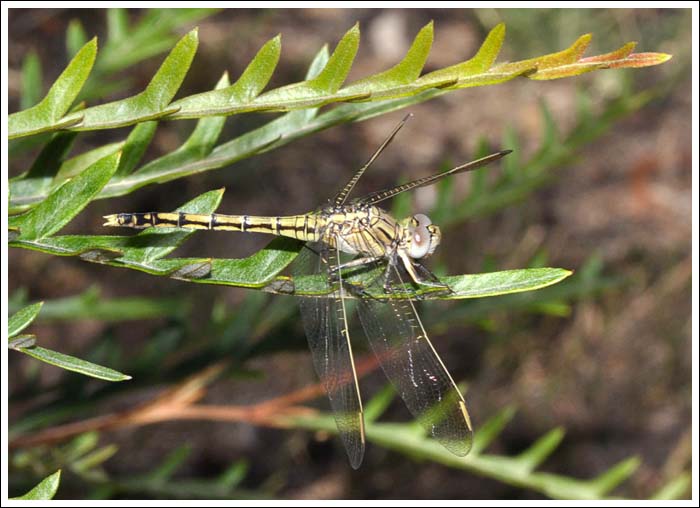
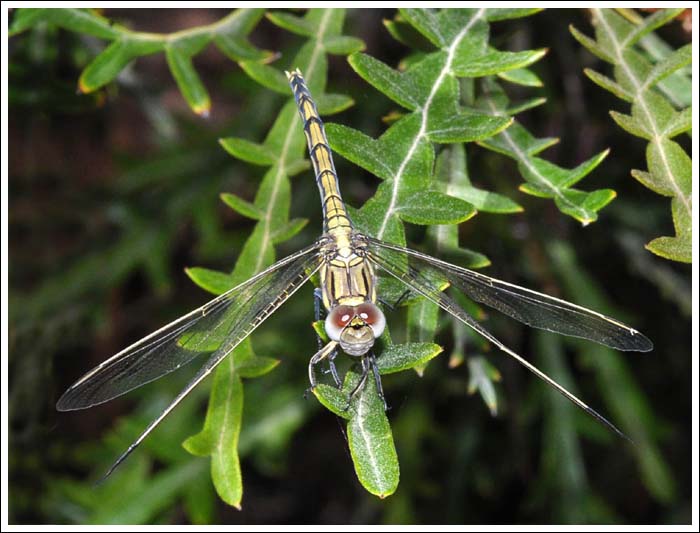
Heteropsilopus ingenuus is a very small fly with a big name. What it lacks in size though is made up for by its attractive appearance.

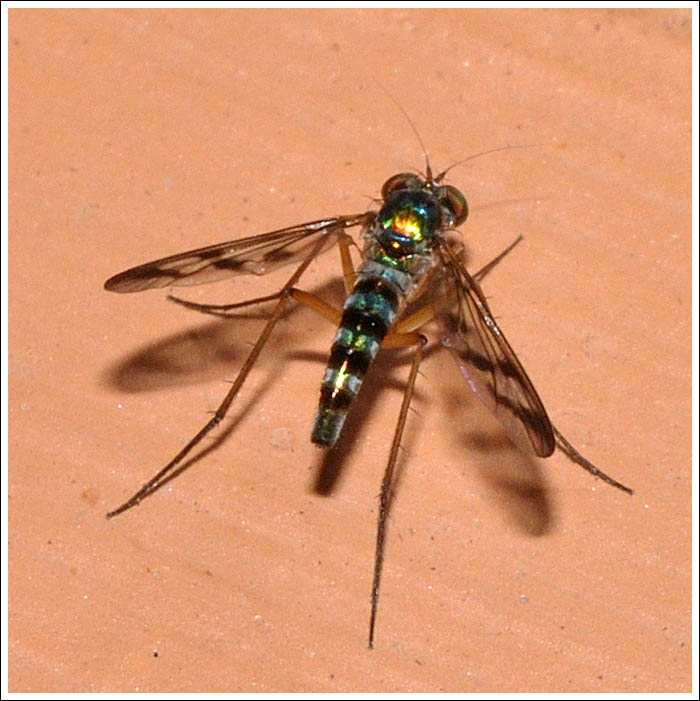
The small Banded Beefly has been appearing from time to time, this time on a Xerochrysum.
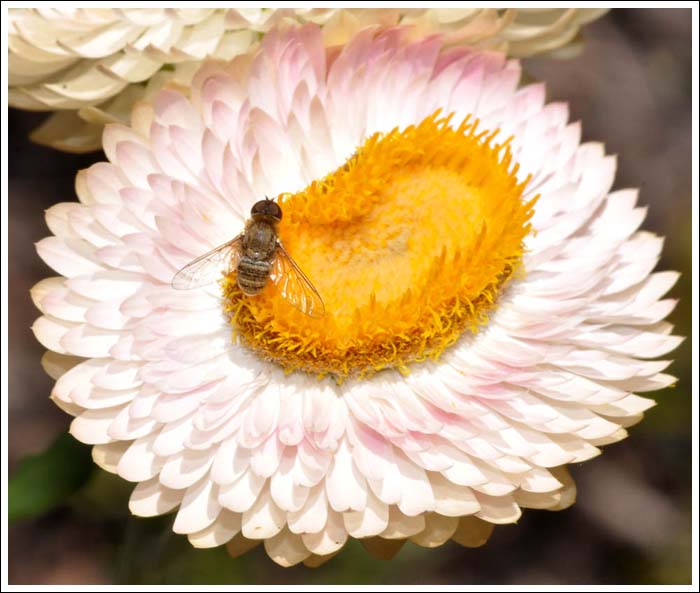
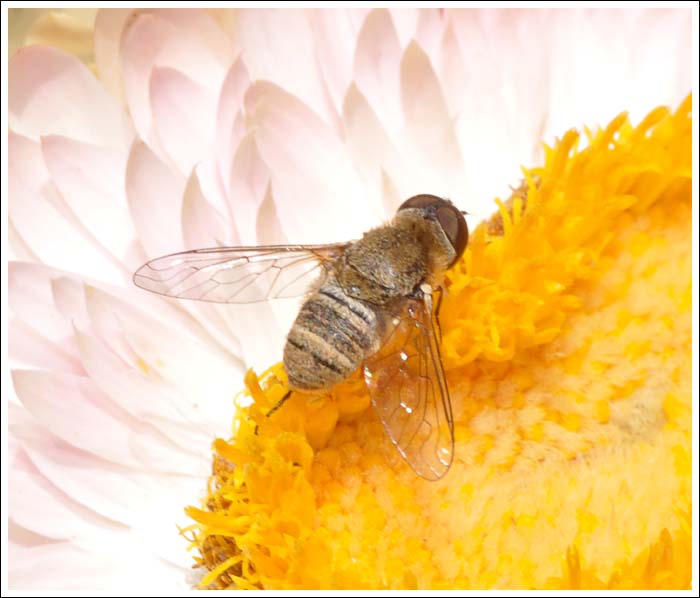
Noticed quickly ascending the trunk of a Brittle Gum, a Golden-tailed Bull Ant, possibly Myrmecia fulvipes, barely time for a quick snap.
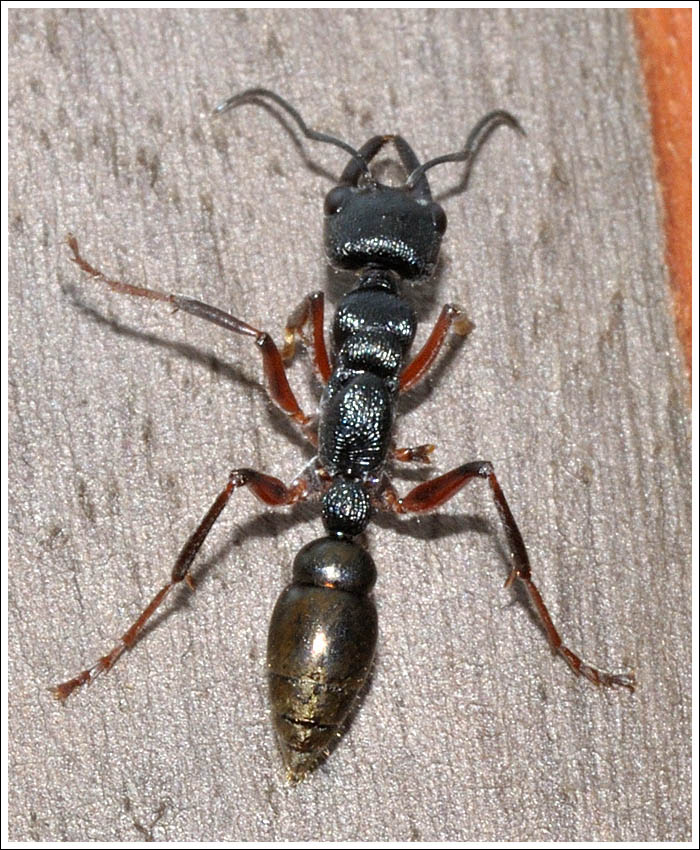
Shortly afterwards, something seen moving across the ground, impossible to see what it was due to the speed. A number of photographs were taken, and all became clear, another bull ant had caught a cockroach and was taking it to the nest backwards at a surprising rate of knots.
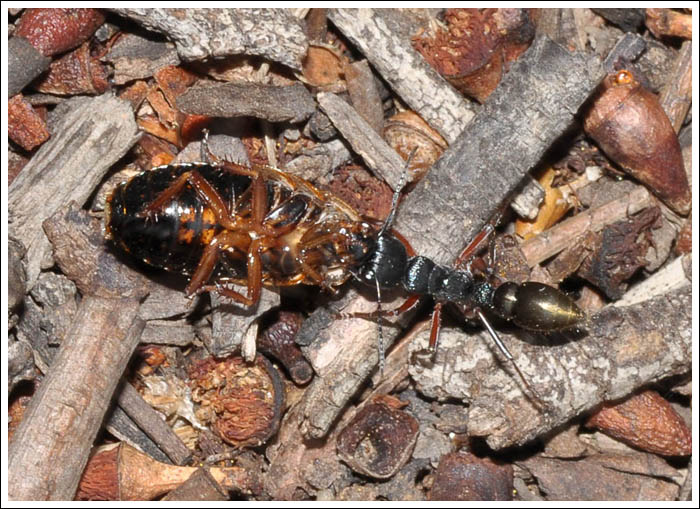
Most images will enlarge with a click.














